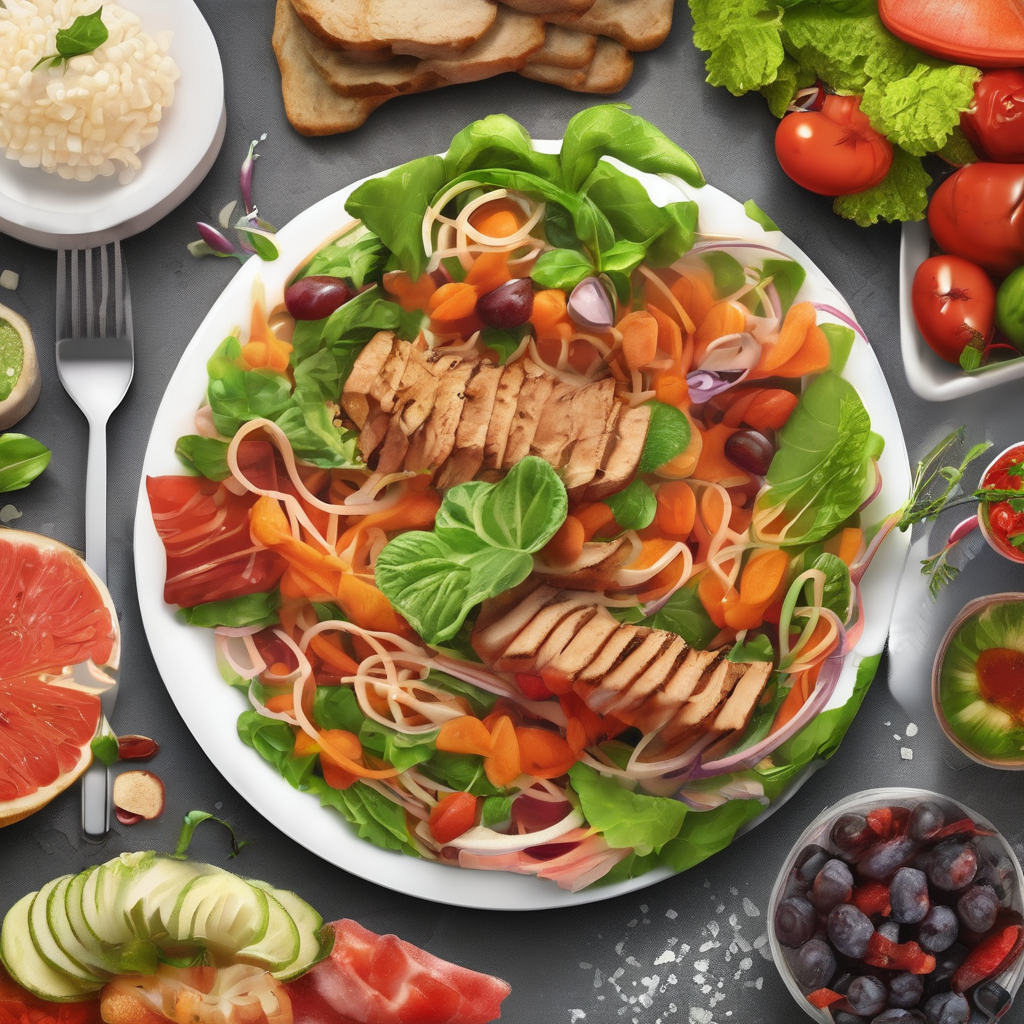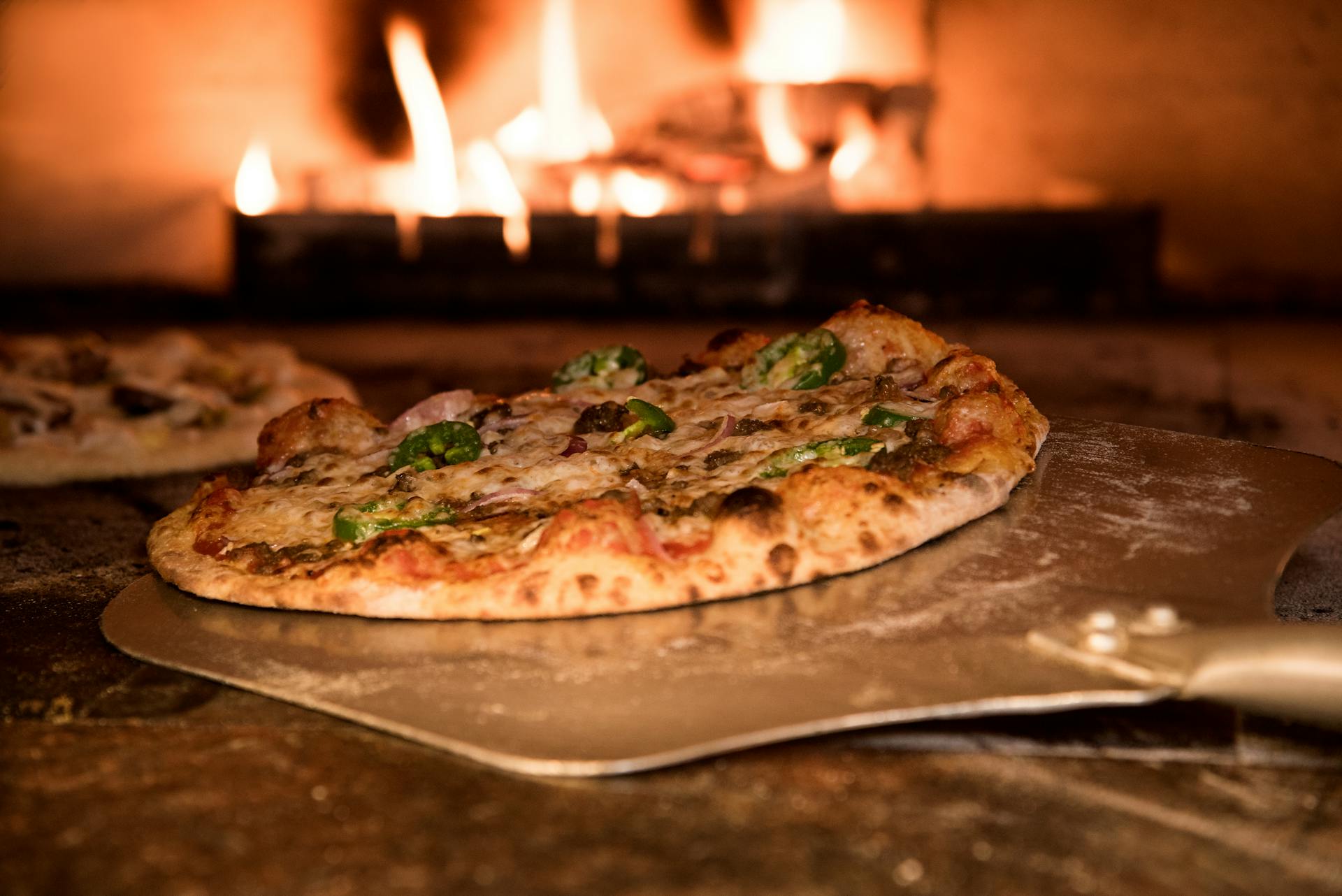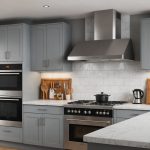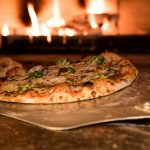Installing a wood-fired pizza oven in your restaurant can elevate your menu, but safety must be your top priority. Proper installation not only safeguards your staff and patrons but also enhances kitchen efficiency. Understanding the specific safety measures required can prevent costly accidents and downtime. This guide offers essential tips to ensure a seamless and secure installation, helping you create a delightful dining experience without compromising safety. Explore these insights to make informed decisions that protect both your kitchen and your culinary reputation.
Introduction to Wood-Fired Pizza Oven Safety
Ensuring wood-fired pizza oven safety is paramount during installation. A well-installed oven not only functions efficiently but also minimizes risks. The first step is choosing a suitable location. Select an area with adequate ventilation to prevent smoke accumulation, which can be hazardous.
Have you seen this : Transform your rural bistro: key features for creating an inviting sensory garden dining experience
When considering installation safety tips, ensure the oven is placed on a stable, heat-resistant surface. This prevents any accidental tipping or heat damage to the surrounding area. It’s also crucial to maintain a safe distance from flammable materials, such as wooden cabinets or curtains, to avoid fire hazards.
Wood-fired pizza ovens are known for their efficiency in cooking, providing evenly cooked pizzas with a distinct smoky flavour. However, this efficiency comes with the responsibility of maintaining a safe kitchen environment. Regular cleaning of ash and soot buildup is essential to prevent blockages and potential fire risks.
Topic to read : Mastering the Art of Restaurant Renovation: Blending Classic Charm with Contemporary Style
Key considerations for a safe kitchen environment include installing smoke detectors and having a fire extinguisher nearby. Educating all household members on the proper operation and emergency procedures can further enhance safety. Following these guidelines ensures a delightful and secure experience with your wood-fired pizza oven.
Safety Guidelines for Installation
Understanding the installation safety guidelines for your wood-fired oven setup is essential for a secure and efficient kitchen environment. Adhering to manufacturer guidelines ensures that your oven is installed correctly, minimizing potential hazards. These guidelines typically include specific instructions on how to handle and position the oven safely.
Recommended Clearances and Spacing Requirements
Proper spacing is crucial in preventing accidents. It’s recommended to maintain a clearance of at least 3 feet from any combustible materials. This space acts as a safety buffer, reducing the risk of fire. Additionally, ensure that the oven is positioned in a well-ventilated area to allow smoke and heat to dissipate effectively.
Checklist for Pre-Installation Safety Measures
Before installation, perform a thorough check of your designated area:
- Surface Stability: Ensure the surface is stable and heat-resistant.
- Ventilation: Confirm adequate ventilation to prevent smoke buildup.
- Distance from Flammables: Verify that flammable materials are kept at a safe distance.
Following these installation safety guidelines not only protects your home but also enhances the longevity and performance of your wood-fired oven. By taking these precautions, you create a safer cooking environment while enjoying the unique flavours that only a wood-fired oven can offer.
Fire Safety Considerations
When using a wood-fired oven, understanding potential fire hazards is crucial for maintaining a safe cooking environment. One common hazard is the accumulation of ash and soot, which can ignite if not cleaned regularly. Additionally, improper ventilation can lead to smoke build-up, posing a significant fire risk.
To mitigate these risks, it’s essential to have appropriate fire safety equipment readily available. A fire extinguisher should be placed within easy reach of the cooking area. It’s also advisable to install smoke detectors nearby to provide early warnings in case of an emergency. These devices play a vital role in ensuring quick response times, potentially preventing a small incident from escalating into a major fire.
Equally important is the establishment of a comprehensive fire safety plan. This plan should include clear procedures for safely operating the oven, as well as steps to take in the event of a fire. Educating all household members on this plan ensures everyone knows how to act swiftly and effectively. By addressing these fire safety considerations, you can enjoy the unique culinary experience of a wood-fired oven with peace of mind.
Legal Regulations and Compliance
Navigating the legal regulations associated with installing a wood-fired pizza oven is crucial for ensuring both safety and compliance. Local building codes often dictate specific requirements for oven installation, such as the type of materials used and the distance from combustible structures. These codes are designed to minimize fire risks and ensure that installations meet safety standards.
Obtaining the necessary permits is a vital step in the installation process. Permits ensure that your oven setup complies with local regulations and is safe for use. Failing to secure the appropriate permits can lead to fines and may void insurance coverage, which is critical in the event of an accident or damage.
Compliance with legal regulations is not just about avoiding penalties. It also plays a significant role in maintaining insurance validity. Insurance companies often require proof of compliance to provide coverage. Non-compliance can result in denied claims, leaving you financially responsible for any damages or liabilities.
Understanding and adhering to these legal regulations and ensuring proper restaurant compliance is essential for a safe and legally sound wood-fired oven installation. This ensures peace of mind and protects your investment.
Ensuring Kitchen Efficiency
Maximizing kitchen efficiency with a wood-fired oven involves strategic planning and execution. Start by optimizing the workflow around the oven. Position prep stations and essential tools within easy reach to minimize movement and streamline operations. This setup reduces cooking time and enhances productivity.
Managing heat and cooking times is crucial for efficient wood-fired oven operations. Preheat the oven adequately to ensure consistent cooking temperatures. Monitor heat levels closely and adjust as needed to maintain optimal conditions. This practice not only improves cooking results but also conserves fuel.
Scheduling oven use during peak hours offers significant benefits. By aligning cooking operations with high-demand periods, you can maximize output and minimize downtime. Efficient scheduling ensures that the oven is utilized effectively, reducing wait times and enhancing customer satisfaction.
Implementing these best practices enhances overall kitchen performance. A well-organized kitchen not only improves efficiency but also contributes to a safer and more enjoyable cooking environment. By focusing on workflow optimization, heat management, and strategic scheduling, you can fully leverage the capabilities of your wood-fired oven.
Potential Hazards to Monitor
In a kitchen equipped with a wood-fired oven, identifying potential kitchen hazards is essential to ensure safety and efficiency. One of the primary risks involves the accumulation of ash and soot, which can ignite if not regularly cleaned. Regular maintenance checks are vital to mitigate these wood-fired oven risks. Inspect the oven for any signs of wear or damage, as these can lead to unsafe cooking conditions.
Another common hazard is improper ventilation, which can result in smoke build-up and pose a fire risk. Ensuring that the oven area is well-ventilated helps dissipate smoke and heat effectively. Additionally, maintaining a clear space around the oven reduces the chance of accidental fires.
Staff training plays a crucial role in hazard awareness. Employees should be trained to recognize potential risks and respond appropriately. This includes understanding the operation of fire safety equipment and knowing emergency procedures. Regular training sessions can reinforce safety protocols and keep staff updated on best practices.
By focusing on these areas, you can significantly reduce kitchen hazards and create a safer environment for everyone involved in the cooking process.
Maintenance and Upkeep
Regular wood-fired oven maintenance is key to ensuring both safety and longevity. Routine tasks such as cleaning and inspections are vital. Begin by establishing a consistent cleaning schedule to remove ash and soot buildup. This not only prevents potential fire hazards but also enhances the oven’s efficiency.
Safety upkeep involves more than just cleaning. Regularly inspect the oven for any signs of wear or damage. This includes checking for cracks in the structure or worn-out seals, which can compromise safety. Addressing these issues promptly prevents further damage and maintains safe operation.
To ensure longevity, follow these maintenance tips:
- Routine Cleaning: Clean the oven after each use to prevent buildup.
- Scheduled Inspections: Conduct thorough inspections monthly.
- Seal Checks: Ensure seals are intact to prevent heat loss.
By prioritizing wood-fired oven maintenance and adhering to a structured upkeep routine, you create a safer cooking environment. These practices not only extend the life of your oven but also ensure it operates at peak efficiency, providing delicious results with every use.
Expert Insights and Best Practices
Gleaning expert advice from seasoned chefs and restaurant owners can significantly enhance your wood-fired oven experience. These professionals emphasize the importance of understanding your oven’s unique characteristics. Each oven may have distinct heat distribution patterns, affecting cooking times and techniques.
Industry best practices highlight the value of consistent training and skill development. Chefs recommend regular workshops to keep staff updated on safety protocols and innovative cooking methods. Continuous learning not only improves safety but also enhances culinary creativity.
Case Studies of Successful Installations
Examining case studies provides practical insights into effective oven setups. For instance, a renowned pizzeria optimized their kitchen layout by strategically placing their wood-fired oven to streamline operations and improve airflow. This change reduced cooking times and increased customer satisfaction.
Recommendations for Continuous Improvement
To ensure ongoing safety and efficiency, experts suggest implementing a feedback loop. Regularly assess your kitchen’s performance and seek input from staff. This proactive approach allows for timely adjustments and fosters a culture of continuous improvement. By integrating these expert insights and best practices, you can maximize the potential of your wood-fired oven.
Visual Aids and Resources
Incorporating visual aids into your kitchen setup can significantly enhance safety awareness and efficiency when using a wood-fired oven. Infographics and checklists serve as practical tools, offering clear and concise safety guidelines at a glance. For instance, a well-designed infographic can illustrate the correct spacing requirements and emergency procedures, making it easier for everyone to understand and follow safety protocols.
Safety resources are crucial in maintaining a secure cooking environment. Access to comprehensive guides from reputable safety organizations can provide valuable insights into best practices and compliance standards. These resources often include detailed instructions on installation, maintenance, and emergency response, ensuring that you have all the necessary information at your fingertips.
Visual reminders play a vital role in reinforcing safety measures. Placing checklists near the oven or prep stations serves as a constant reminder of essential safety steps, such as checking for proper ventilation or ensuring fire safety equipment is accessible. These visual cues help prevent complacency and promote a culture of safety in the kitchen.
By integrating visual aids and safety resources, you create a proactive approach to safety, ensuring a secure and efficient environment for all kitchen activities.







No responses yet